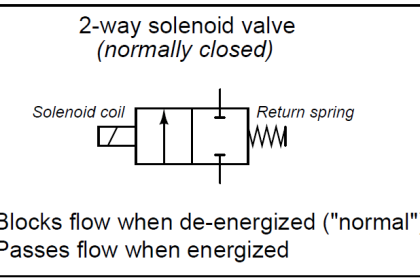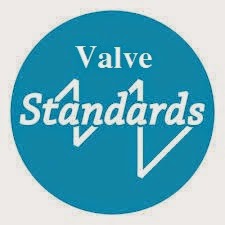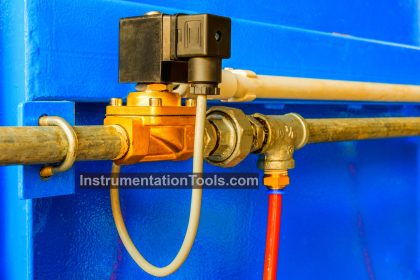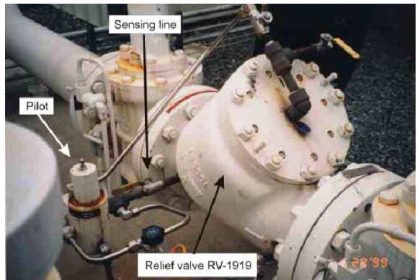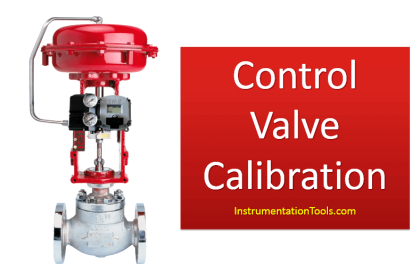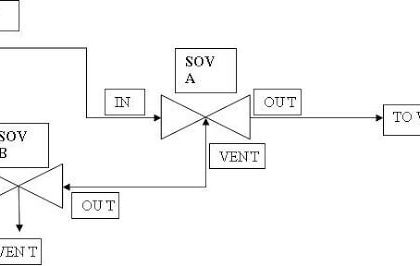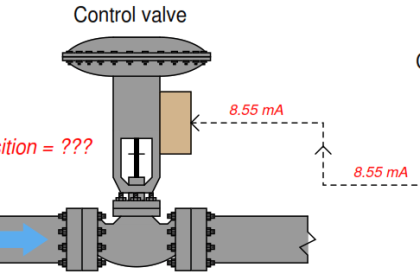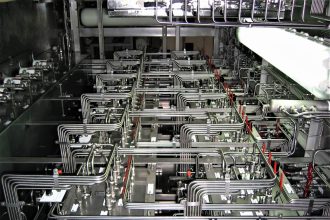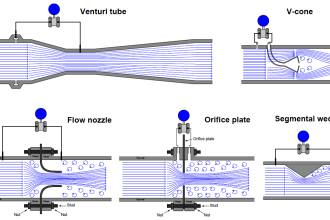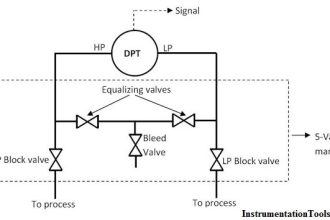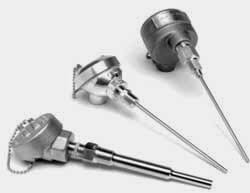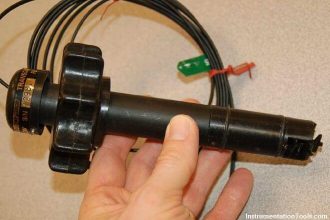In this article, we will learn what is an actuator and the different types of actuators. like pneumatic, hydraulic, electrical, thermal.
What is an Actuator?
An actuator is a device that converts any source of energy into physical motion movement. It receives an energy source and then, it converts that into a motion that moves the object on which the actuator is mounted.
In industrial automation applications, take a simple example of a valve. The actuator is a mechanical or electro-mechanical device, which when connected with the valve; moves the valve through the mechanical force applied by the actuator.
Types of Actuators
In this post, we will see some common types of actuators.
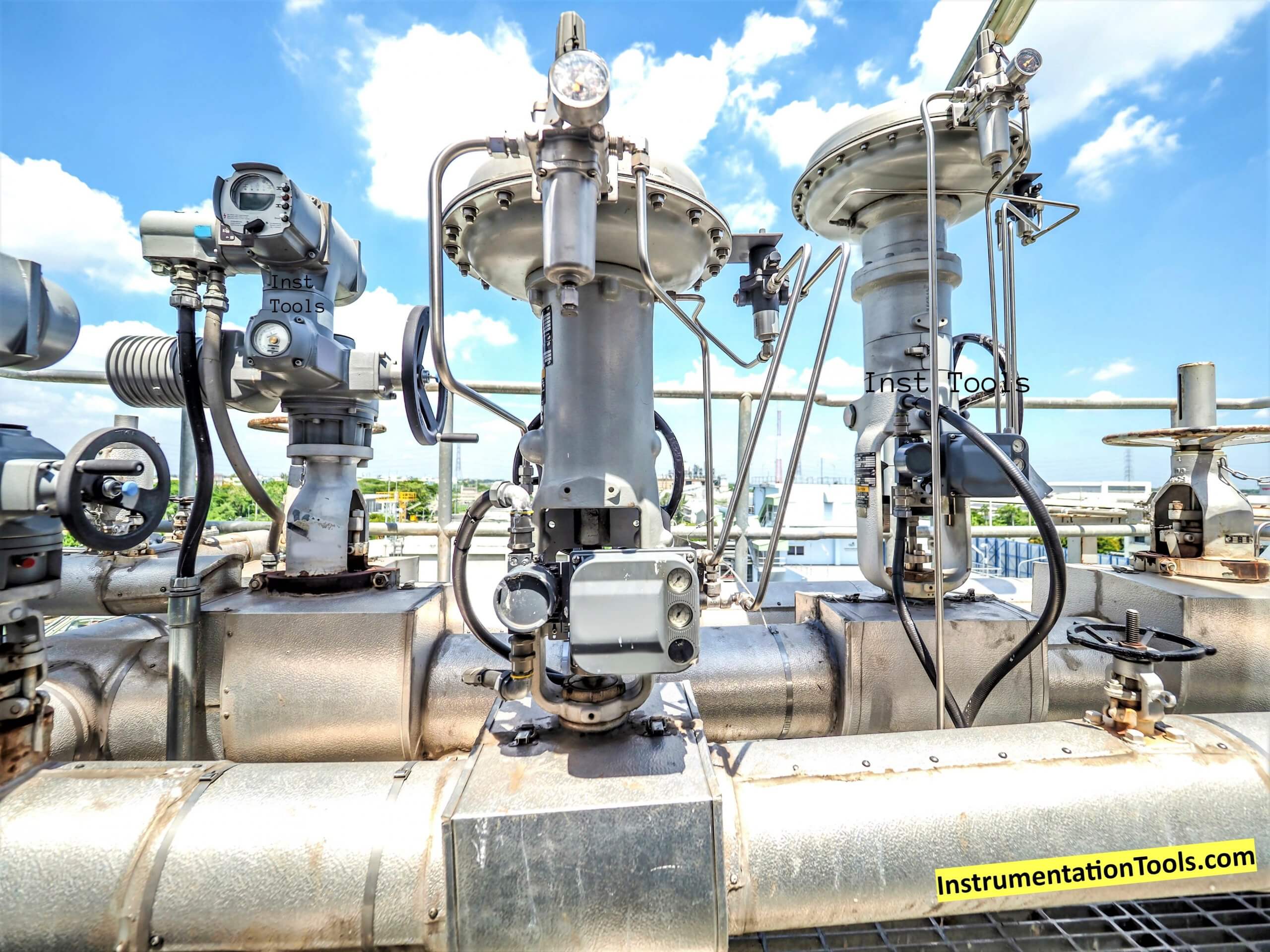
Let us first classify them based on the source of energy.
Hydraulic Actuators
The hydraulic actuator uses a hydraulic fluid (for example, oil) to energize the actuator and cause motion. They have a hollow cylindrical tubing or fluid motor, which generates pressure to cause motion.
A piston is suspended at the center of the actuator. When the fluid enters the bottom of the cylinder, a large pressure is formed by the fluid, which forces the piston to move and slide.
This piston then moves the device with which the actuator is connected. The piston moves in the direction opposite to the spring connected at the other side (upper part of the cylinder) and the applied pressure moves the device.
Pneumatic Actuators
The pneumatic actuator uses compressed air as a source of energy for moving the device.
Similar to hydraulic actuators, compressed air enters the cylinder beneath which exerts pressure on the piston and moves it.
Pneumatic actuators are very precise and accurate of all types of actuators.
Electrical Actuators
The electrical actuator converts electrical energy into mechanical energy. Typically, a motor is used as a power for electrical energy into mechanical torque.
Similar to pneumatic actuators, electrical actuators are accurate and precise. They are widely used in all types of industrial machines.
Thermal Actuators
The thermal actuators are relatively simpler types of actuators. It uses thermal energy as a source of energy for movement.
When the temperature rises, the temperature-sensitive material begins to expand; exerting pressure on the piston.
When the temperature drops, the material begins to compress and starts pulling the piston back to its normal position.
Let us now classify the actuators on the basis of the motion.
Linear Actuators
As the name suggests, the linear actuators produce linear motion (straight line motion). They are used in applications where lifting, tilting, pushing, and pulling are needed.
Most industrial systems have equipment that moves in a straight line to perform a task. Such devices require linear actuators for their working.
Linear actuators can be electrical, pneumatic, or hydraulic.
Rotary Actuators
Rotary actuators provide circular movement as compared to linear actuators.
Most of the rotating devices and equipment in industrial machinery use rotary actuators for their motion.
Similar to linear actuators, rotary ones too can be electrical, hydraulic, or pneumatic.
How to Select an Actuator?
Actuators are chosen depending on the power source available, motion required, accuracy required and the safety and environmental concerns taken into account.
If you are wondering the safety concern, it must be noted that electrical and thermal types are highly sensitive ones and require proper operation by a trained person.
Any untoward incident can happen if he comes too close to the actuator and touches some inappropriate parts in a hazardous manner.
In this way, we have seen some general types of actuators used.
